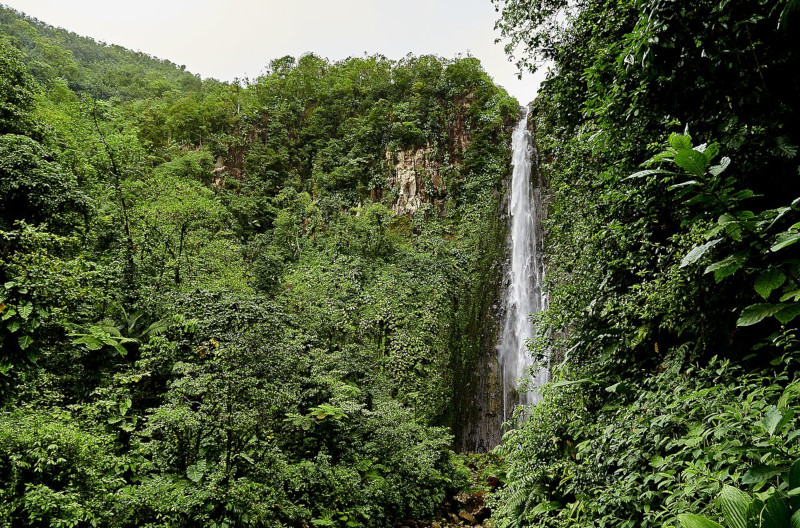
Carbet Falls Facts
- The English language name for this beautiful creation of Nature’s geological processes is Carbet Falls. In the language of the country in which it formed, however, it goes by another name. That other term’s the French language moniker of Les Chutes du Carbet.
- Regardless of which term or language one uses to refer to it, it’s a magnificent sight to behold. Its great beauty also now makes it one of the leading tourist attractions of the region. In fact, an average of 400,000 people visit the wonder of Nature each year.
- How long this incredible flow of water had been known to the local Indigenous Peoples presently remains a mystery to science. Archaeological evidence, though, indicates that the first settlers arrived from the Americas as far back as perhaps 3,000 BC.
- The site holds a respectable place in the history of modern exploration, however. That’s because the famous explorer Christopher Columbus became the first known European to view its splendor. This occurred on November 4, 1493, as he entered its area.
- Ever the intrepid explorer, he discovered Carbet Falls in the process of exploring the, to Europeans, newly discovered part of the world. After making his way through the dense surrounding jungle, he noted the sighting of it, and its splendor, in his log.
Related Articles
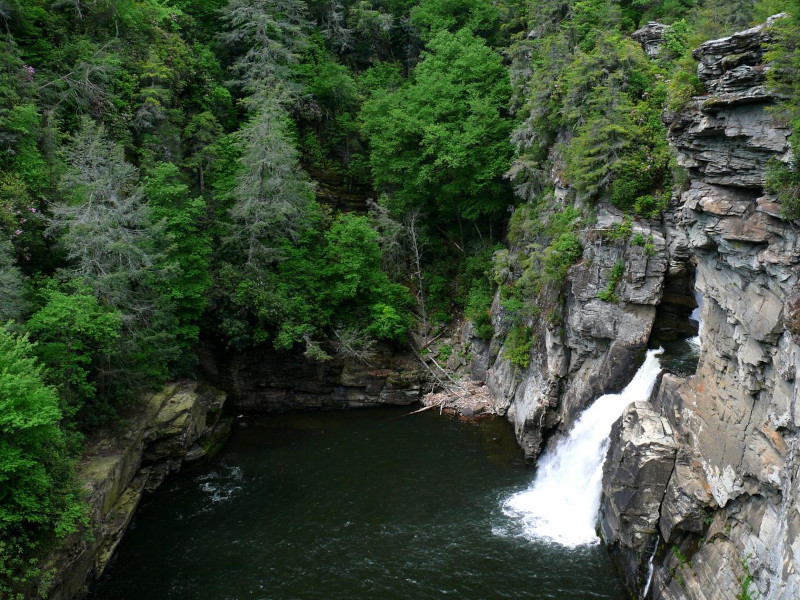
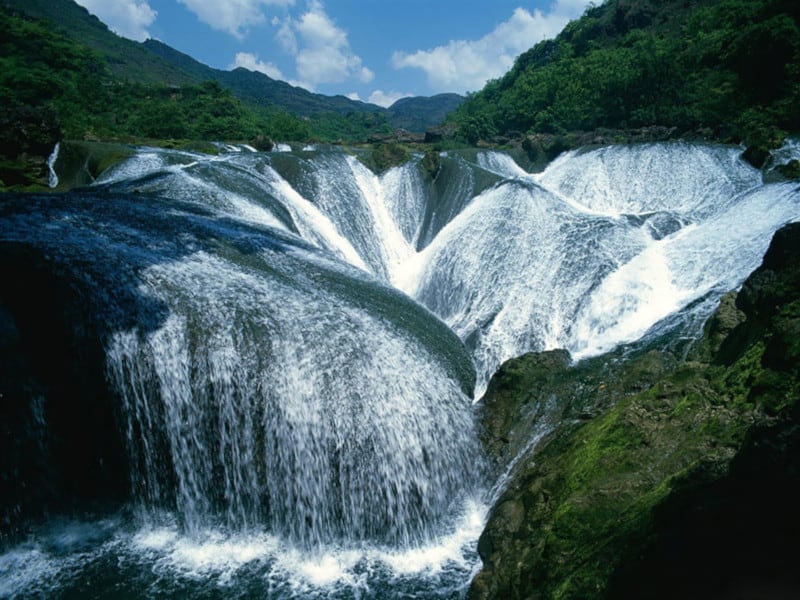
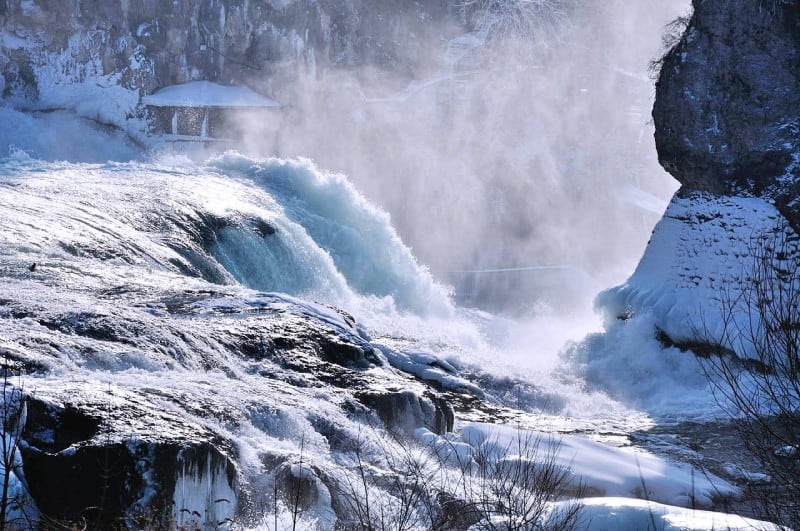
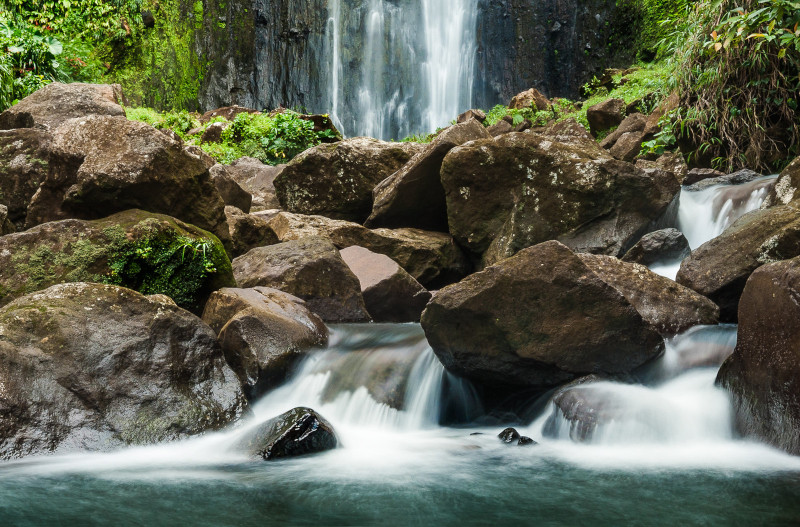
Carbet Falls Physical Description
The site known as Carbet Falls both boggles and amazes the viewer. The magnificent waterfall dazzles the eye due to its sheer natural beauty, of course. The amazement, however, stems from, among various other understandably subjective factors, its nature.
That’s true since this particular cascade formed as what’s known as a three-tiered waterfall. This type of formation also represents one of the least common type of waterfall. In this instance, the upper fall drops an impressive total of roughly 410 ft (125 m).
The second tier of this awesome site follows after a short distance, and drops slightly less. It, like both the first and third tier, plunges to a small pool. At the base of this tier, the fall’s surrounded by accumulated talus. The plunge itself measures approximately 360 ft (110 m).
The third and final tier of Charbet Falls, however, measures slightly less in height. That’s because its plunge equals only about 66 ft (20 m). Though less impressive in height, it makes up for that in flow. It has the largest volume of any known waterfall in its region.
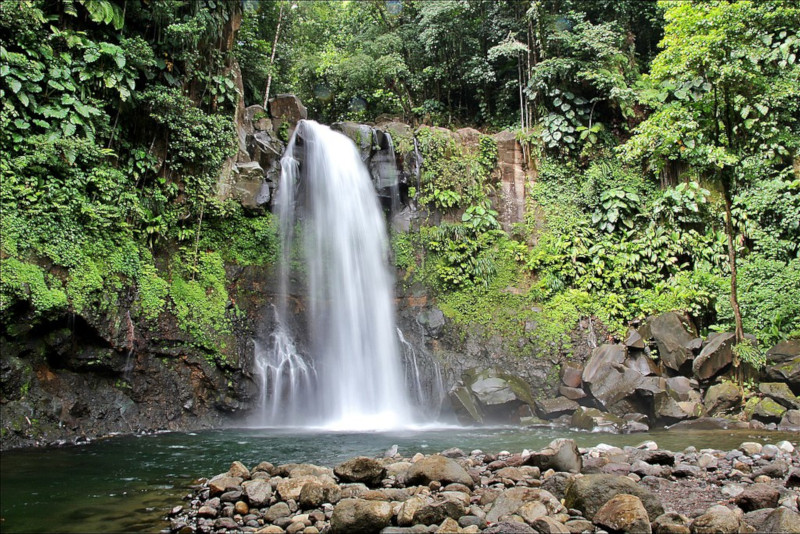
Carbet Falls Location, Formation, and History
The stunning Carbet Falls formed in a relatively isolated section of the world. That’s due to the fact that geological processes created it on an island, and not on a continent. In fact, it lies between North America and South America. The latter’s the closest, however.
More precisely, it formed on the beautiful island that now bears the name of Basse-Terre. This constitutes one of the six inhabited islands that now form the country of Guadeloupe. The region is an overseas department of France, situated in the Leeward Islands.
Its surrounding terrain only serves to accentuate the magnificence of the waterfall itself. This holds true for two principle reasons, in fact. Firstly, it lies within a region of relatively dense tropical jungle. It further sits on the lower portion of a volcano, named la Soufriere.
The fabulous plunge represents a part of the equally enchanting, and similarly named, Carbet River. This itself originates just 1.2 mi (2 km) upstream from the falls themselves. Its source actually sits at an impressive altitude measuring about 4,300 ft (1,300 m).
The awe-inspiring Carbet Falls also resides within the confines of the Parc National de la Guadeloupe. That fact, along with the difficulty of accessing it, provides it with a certain measure of protection. Reaching it’s not easy, therefore making protecting it simpler.
Sadly, however, Nature itself slightly damaged the natural wonder. This occurred originally due to the effects of an earthquake, in 2004. At that time, a portion of the cliff fell above the second tier. Strong rains in 2005 and 2009 further made the local terrain unstable.
Features Sharing Its Region
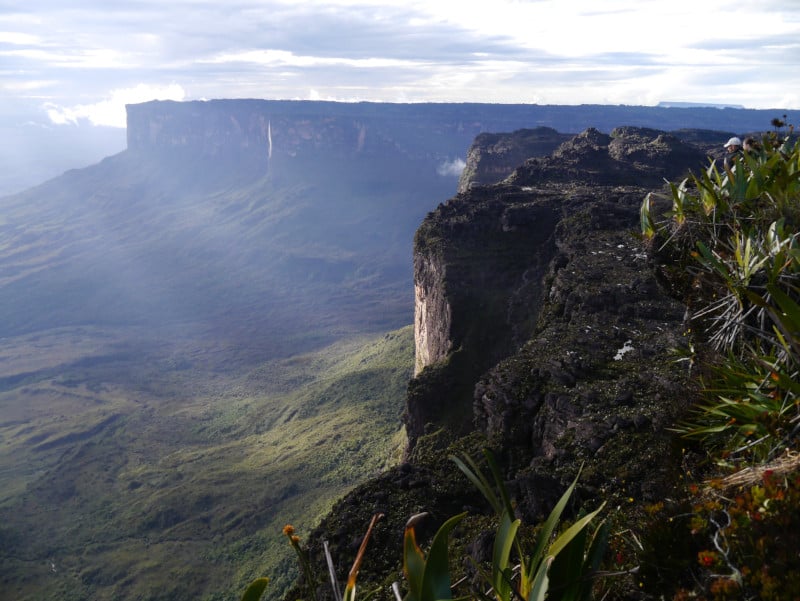
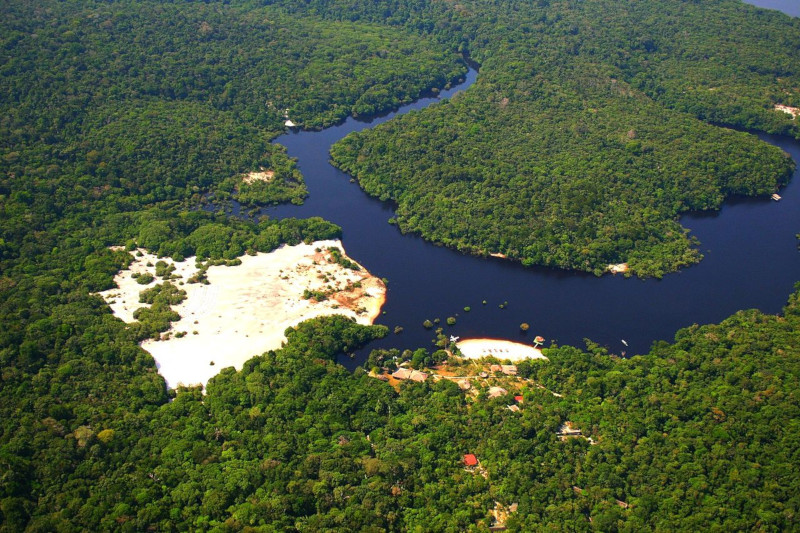

Check out our other articles on Earth’s Many Magical Moths, Vietnamese Mossy Frog, Lake Posta Fibreno, Swamp Wallaby, Mandrinette, Red-Tailed Bumblebee, Crocodilefish









Leave a Reply